Get educated about good indoor air quality in schools and universities. Help students improve their cognitive performance, essential for successful learning, with good IAQ.
Reading, writing, arithmetic – and good indoor air quality. With the proper care and attention, your HVAC system can help you achieve the best conditions for learning and productivity – and have a positive impact on achievement and performance inside these critical institutions.
On any given school day, roughly 51 million people will occupy a school building. Yet many of these buildings are in need of extensive repairs, and report problems related to poor indoor air quality. Without a prompt response to these challenges, poor indoor air quality (IAQ) can result in short- and long-term health problems, expensive repairs and even liability issues.
Schools and other educational facilities present unique problems to designers and HVAC practitioners. Most schools are diverse structures with different environments such as classrooms, laboratories, workshops, gymnasiums, libraries, theatres, cafeterias and photography darkrooms. Physics and biology labs present their own unique challenges to maintaining proper IAQ throughout the facility.
High-level cognitive performance, essential for successful learning, is linked to good IAQ. Another fact is that most educational facilities are in areas of high population density (cities), and the air can be polluted by a wide range of contaminants from both outdoor and indoor sources. The hazards faced by students and teachers range from general IAQ issues to exposure to traffic fumes, exposure to toxic gases in labs and exposure to deadly viruses in research labs.
Camfil offers robust and dedicated particulate filtration, molecular filtration and containment filtration solutions for all air quality issues in educational establishments.
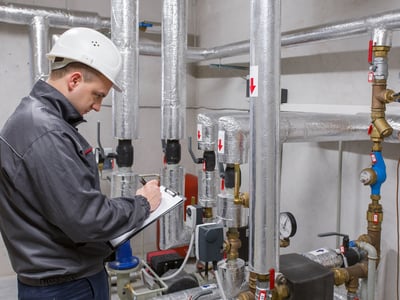
Gas turbine generation provides efficient electricity and process heat to vital institutions in our societies like schools and universities. Camfil's wide selection of air inlet filters are designed to maximise availability, reliability and profitability.
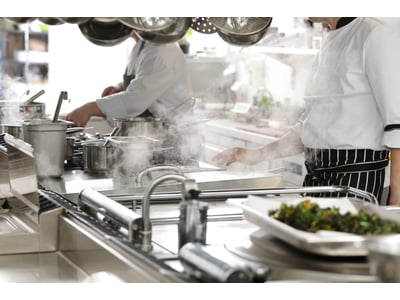
Commercial kitchens are highly ventilated to remove smoke, grease and stream. Exhaust filtration is used to minimise the risk of duct fires and remove odour nuisance.
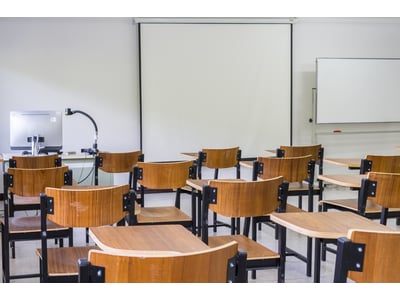
Clean air is closely correlated with student and teacher health, happiness, high attendance rates and academic performance. Eliminate airborne allergens, bacteria and viruses while lowering maintenance and energy costs.
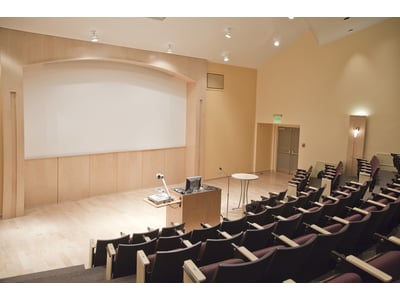
Areas with large groups of people naturally generate particles, airborne viruses, bacteria and allergens. With high-quality air filters you can reduce risks and save on energy and maintenance costs.
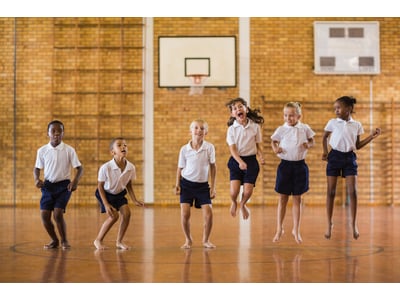
Athletes require higher volumes of clean air that is free from dust, lint, chalk, mould and bad odours, all of which are naturally abundant in fitness facilities.
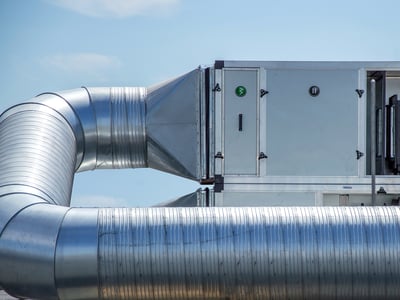
Protect people, processes, products and equipment while keeping maintenance and energy costs low by keeping air handling units unclogged.

Camfil launched the Hi-Flo bag filter range in 1969 and it has been our biggest success - Now we are introducing the Next Generation!
Innovation technology and research Commercial and public buildings
Nine questions about Environmental Product Declarations (EPDs). Answered by Anders Sundvik, Vice President of R&D at Camfil.
Air quality Commercial and public buildings Standard and regulations SustainabilityOften the initial purchase price for air filters or dust collectors is just the tip of the iceberg. The true costs for energy, maintenance and disposal are lurking below the surface. To make the most economic decision in the long-run, a detailed calculation considering all the factors will help to reduce your overall expenditure.
The air you breathe as an influential factor shaping your creative thoughts. A study suggests that the quality of the air in our environment might play a crucial role in our ability to think creatively. In essence, the very air around us could be a silent catalyst for innovative thinking.
Why is ventilation so important, how does it work and what factors ensure a healthy and productive indoor air environment in our buildings?
The air in our buildings is often 2-5 times more polluted, and in some cases, even a hundred times more polluted than the air outside. So, where do the pollutants in the indoor air come from and how do we mitigate their impact?
Rigorous testing of a product during its development phase is ultimately about being able to guarantee a certain level of performance. This is, of course, also true for high quality air filters like Camfil’s. And the way these products are tested has always been changing and evolving.
What are some of the challenges moving forward to achieve healthy and energy-efficient indoor air environments? And what are some of the new air filtration solutions that could potentially become a reality in the years to come?
A recent United Nations study shows that many countries lack the necessary laws and regulations to combat air pollution. There are also significant differences in how countries monitor and measure air quality and present their data.
The City family of air purifiers is an excellent choice when you are looking for a solution that will deliver consistent performance and a high level of efficiency throughout its lifetime. A premium way of supplementing the air filters in your ventilation system to achieve clean and healthy indoor air.
What does poor air quality in schools do to a child’s health, well-being and ability to learn? Why are children more vulnerable to air pollution than adults? And how can you achieve, or advocate for, a healthy indoor air environment in the classroom?
The first classification system for molecular filters in general ventilation applications
Not all people who purchase our products are experts in air filtration and they shouldn’t have to be either. The purpose of Camfil City is to give everyone a chance to learn the basics of what our clean air solutions can do for them.
Read the report from the University College of Dublin (UCD) as they evaluate the effectiveness of the City M unit in poorly ventilated environments
Air Quality recommendations for schools to help protect staff and student health from airborne contaminants
More than 100,000 Valencian students and teachers are now protected against biological agents such as SARS-CoV-2 thanks to our “City M” air purifiers. Camfil HEPA H14 filters are certified according to EN1822 standard and are delivered with their mandatory individual scan test certificate.
In a scientific debate, WHO has acknowledged that in the case of COVID-19, airborne transmission could not be ruled out in crowded, closed or poorly ventilated settings. Scientists across the world are looking for more evidence as it may affect many guidelines in the crowded indoor environment.
Students all over the world have been returning to classrooms where we hope they are safe and in an environment conducive to learning.
Combating the virus in the air. Maintaining a good level of hygiene and covering the mouth with a mask are good ways to stay protected but is this enough? Maintaining a hygienic and sanitary environment along with protection from those infected are vital as the virus thrives in contaminated conditions.
The reason understanding SBS is important is a majority of adults spend a minimum of eight hours a day inside an office or work building, and most are indoor for about 90 percent of the time they are awake.
Camfil partnered with Stockholm School of Economics in order to bring clean air for optimal breathing during the world record attempt for most hours on a double pole ski machine.